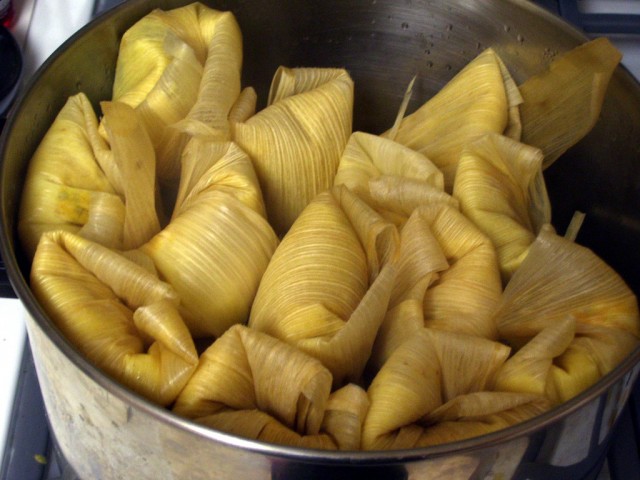Mexicana — What Is It With Mexican Food?

There are surprisingly few places in the world where you can’t find some bastardised take on Mexican food.
Beirut has had Tex-Mex since the 80s.
Yes, during a sectarian civil war, and the Israeli invasion, they were importing Tequila, and, for all I know, packet nachos, too.
I’ve seen Mexican restaurants in Singapore, Turkey, the Czech Republic, Kenya, South Africa, Indonesia, China and all over Western Europe.
And that struck me as odd.
Because I’ve never thought of “Mexican” as one of the world’s great cuisines.
Indian, Chinese, Thai, Vietnamese, French, Italian, Turkish and Japanese have all travelled the world – there’s a Turkish restaurant in Timor Leste, of all places.
But… Mexicana? I just don’t get it.
And, it’s not just me. I know of several people who actually cut short a planned RTW trip because they got deathly, deathly sick of refried beans and pork.
When in doubt, however, turn to Facebook…
I asked the hoary question “If you could only eat the cuisine of one country for the rest of your life, which would it be?”
And Mexican came out in front. Ahead of French, Japanese, Chinese, Thai and Italian!
Go figure!
For US Americans, Mexicana has a similar significance as Indian food for British folk. Mexico is a nation in which they’ve had an imperial interest at one time or another; the food is spicy and varied, safely exotic, easily adapted; the culture lends itself to kitsch restaurant design; and it’s a great sop for beer.
Who could forget Casa Bonita, the Denver Mexican restaurant with cliff divers, mariachi bands and hidden caves that features, unadulterated and unaltered, in South Park?
It makes Trader Vic look positively low-key.
Now, there is actually more to Mexican food than nachos, tacos, quesadillas, burritos and the dreaded refried beans.
Mexico is enormous – the 14th largest country in the world by area, and the 11th by population. Its wildly varied climates, landscapes and ecosystems stretch from the flat jungle of the Yucatan to the stark mountains of Oaxaca, the deserts of the north to the cold rollers of the Pacific and green central highlands.
Mexico’s heritage encompasses a range of indigenous traditions – Maya, Aztec and more – inflected by Spanish occupation and, in the north, cross-pollination with the US. Native ingredients, besides chilli, pepper, chocolate and turkey, run to oddities such as grasshoppers and ant larvae.
So here are five foodstuffs to look out for that aren’t just plain Tex-Mex.
Tamales
The de facto street food across central and northern Latin America, these are starchy bundles of corn dough, wrapped in leaves, filled with spicy beef or, often in the Yucatan, a lighter mix of chicken and or mild cheese, then steamed. Heavy but great.
Mole Poblano
Mole basically means any spicy sauce. But the classic mole poblano (from Puebla) includes as many as 20 ingredients, among them raw chocolate to cut the fire of the chilli: it’s a rich, bitter sauce that pairs well with chicken or pork.
Birria
A spicy goat stew (sometimes also made with lamb or beef) from Jalisco.
Sopa de Lima
Mexican soups (caldo) are fantastic, and menudo is a famous variation. Or, if you’re looking for a classic, try this one from the Yucatan, packed with spice and sour lime.
Huitlacoche
The unappetisingly named “corn smut” is a type of fungus that grows on corn, and has been a delicacy since long before colonial times. Like most fungi, it goes well with eggs, and is excellent in an omelette.
Enjoy!
